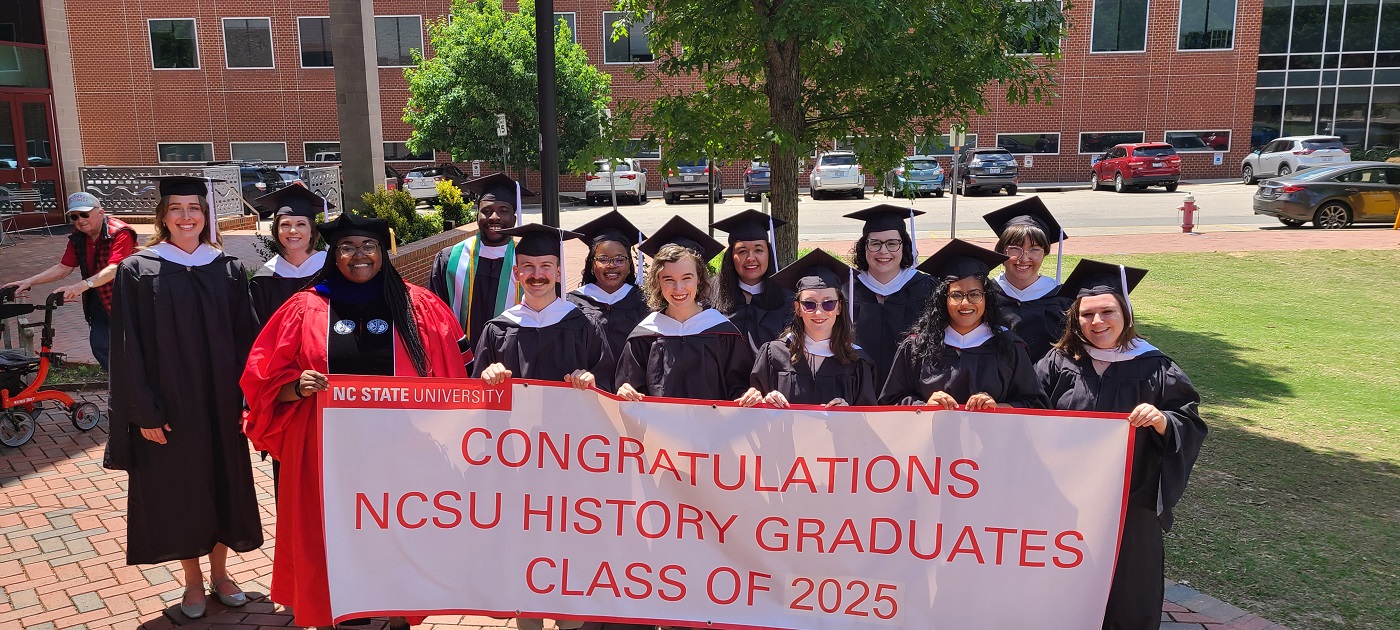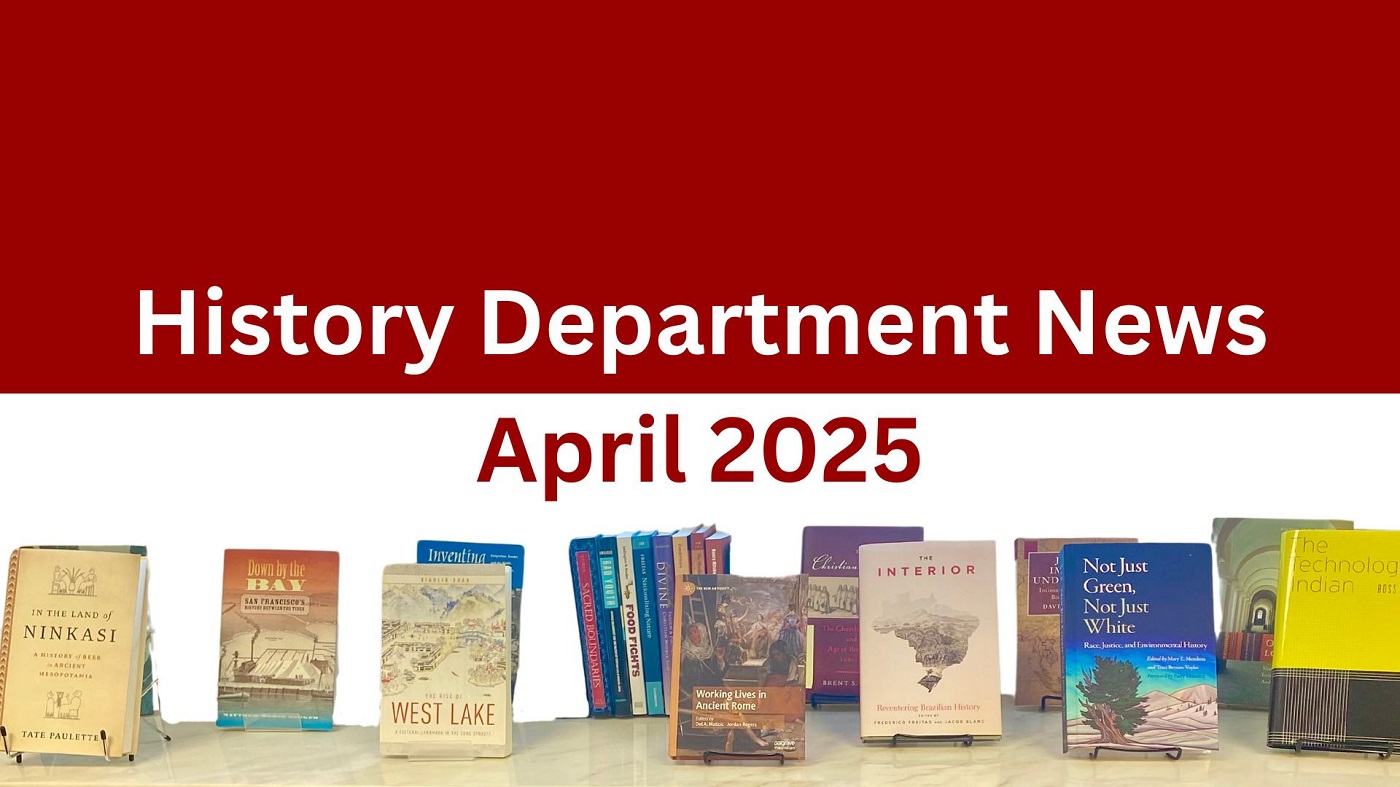Public History Master’s Student Presents at SESAH
On September 30, Jason Norris, second year Master’s student in Public History, presented a poster at the Annual Meeting of SESAH (pronounced like “seesaw”), the Southeast Chapter Society of Architectural Historians at Tulane University in New Orleans. This was the first poster session for SESAH, a relatively small organization, and Norris was honored to be participating. The session was organized by Dr. Catherine Zipf, of the Bristol Historical and Preservation Society in Rhode Island. She worked tirelessly to coordinate the posters from several states, including North Carolina, Virginia, Rhode Island, and Maryland.
The session took place on a sunny Friday morning. After a 15-minute streetcar ride down historic St. Charles Avenue, Norris arrived at Tulane, across from the famous Audubon Park. The session was very informal as it took place between two paper sessions. Norris presented on the Green Books, for North Carolina specifically, which were state-by-state travel guides for African Americans driving through segregated areas, in print from 1936-1967. The poster for North Carolina came out of a project for Dr. Alicia McGill’s Cultural Resource Management class.
The posters listed each state’s Green Books properties – highlighting specific properties – as well as providing a general background narrative. Norris’s North Carolina poster listed properties and highlighted notable ones such as G. & M. Tailor, an African American owned business which managed to survive Raleigh’s downtown revitalizations, the Rhone Hotel which opened in 1923 in New Bern and was the first hotel built by and for African Americans, and Fayetteville’s Silver Grill Restaurant, which was built in 1885 and was connected with prominent African Americans like Dr. Matthew L. Perry, who founded the Carolina School of Nursing in 1942.
Dr. Zipf and Norris, the only two presenters who were able to make it to the conference, stood by their posters and answered questions.The first visitors were the scholars who had just finished presenting on the previous session and scholars from the upcoming session. These few people gave way to more visitors as the audience for the following session came into the auditorium. Many had questions about the Green Books, which they were glad to answer. People especially had questions about why North Carolina’s list of demolished buildings was so large (indeed, NC had the second largest amount after Virginia). This constant exchange of questions made the 20-minute session pass very quickly, and indeed it was only the chair of the next paper session calling for attention that made them realize they had run out of time. Given such enthusiasm, Norris is hopeful the poster session will become a regular part of this annual event.
Norris would like to thank Katie Schinabeck, a PhD student in Public History, Rachel Jacobson, a recent graduate of the Public History program, and Malorey Henderson, a MA student in the Department of Parks, Recreation, and Tourism Management, for all their work in getting the poster information together.


